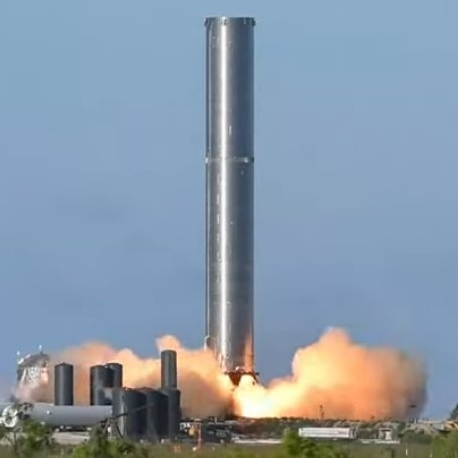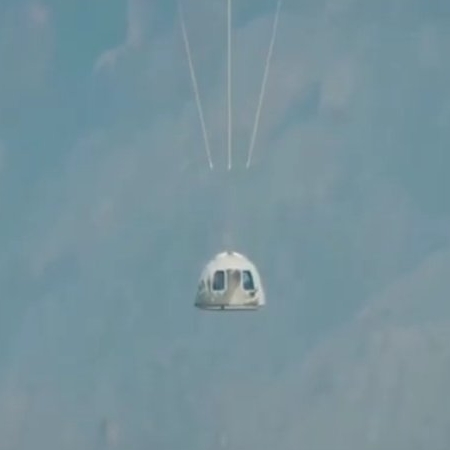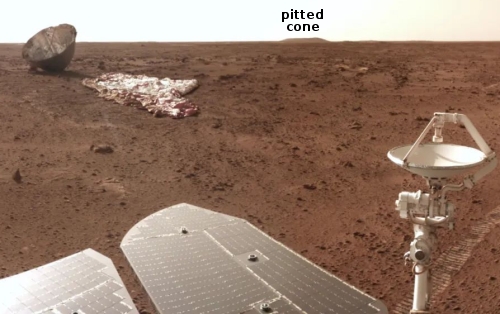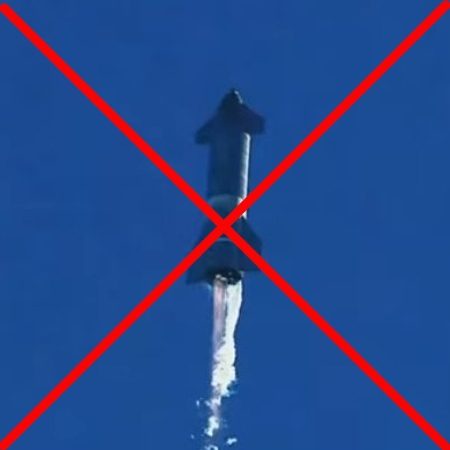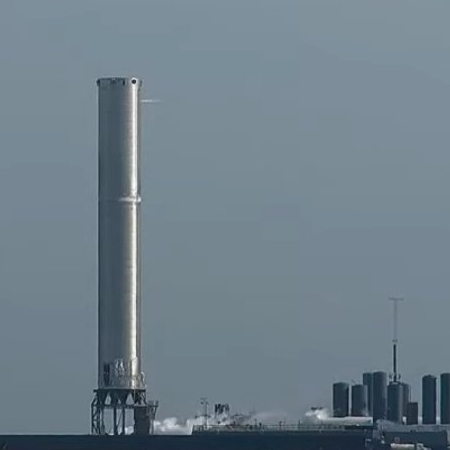Rocket Lab identifies cause of May launch failure; ready to launch again
Capitalism in space: Rocket Lab announced yesterday that it has identified and corrected the cause of a May 15 launch failure and is now ready to resume launches, as early as before the end of July.
Rocket Lab said an investigation by the company traced the root cause to the rocket’s second stage engine igniter system. A problem with the igniter corrupted signals in the computer on the stage, which in turn caused the thrust vector control system to “deviate outside nominal parameters.” The engine computer then shut down the Rutherford engine.
The igniter problem, the company said, resulted from “a previously undetectable failure mode within the ignition system that occurs under a unique set of environmental pressures and conditions” not noticed in previous testing of the engine or on previous Electron launches. Engineers have replicated the problem in the lab and created what Rocket Lab called “redundancies” in the ignition system, including changes to the design of the igniter and how it is manufactured, to prevent the problem from happening again.
Rocket Lab has had two launch failures in the past year, so getting back flying as quickly as possible is critical for them, especially because a lot of new smallsat launch companies are coming up from behind. Virgin Orbit initiated commercial launches this year, having already completed two, and Astra and Firefly both seem ready, based on recent announcements, to make their first orbital launches before the end of this year.
Capitalism in space: Rocket Lab announced yesterday that it has identified and corrected the cause of a May 15 launch failure and is now ready to resume launches, as early as before the end of July.
Rocket Lab said an investigation by the company traced the root cause to the rocket’s second stage engine igniter system. A problem with the igniter corrupted signals in the computer on the stage, which in turn caused the thrust vector control system to “deviate outside nominal parameters.” The engine computer then shut down the Rutherford engine.
The igniter problem, the company said, resulted from “a previously undetectable failure mode within the ignition system that occurs under a unique set of environmental pressures and conditions” not noticed in previous testing of the engine or on previous Electron launches. Engineers have replicated the problem in the lab and created what Rocket Lab called “redundancies” in the ignition system, including changes to the design of the igniter and how it is manufactured, to prevent the problem from happening again.
Rocket Lab has had two launch failures in the past year, so getting back flying as quickly as possible is critical for them, especially because a lot of new smallsat launch companies are coming up from behind. Virgin Orbit initiated commercial launches this year, having already completed two, and Astra and Firefly both seem ready, based on recent announcements, to make their first orbital launches before the end of this year.

